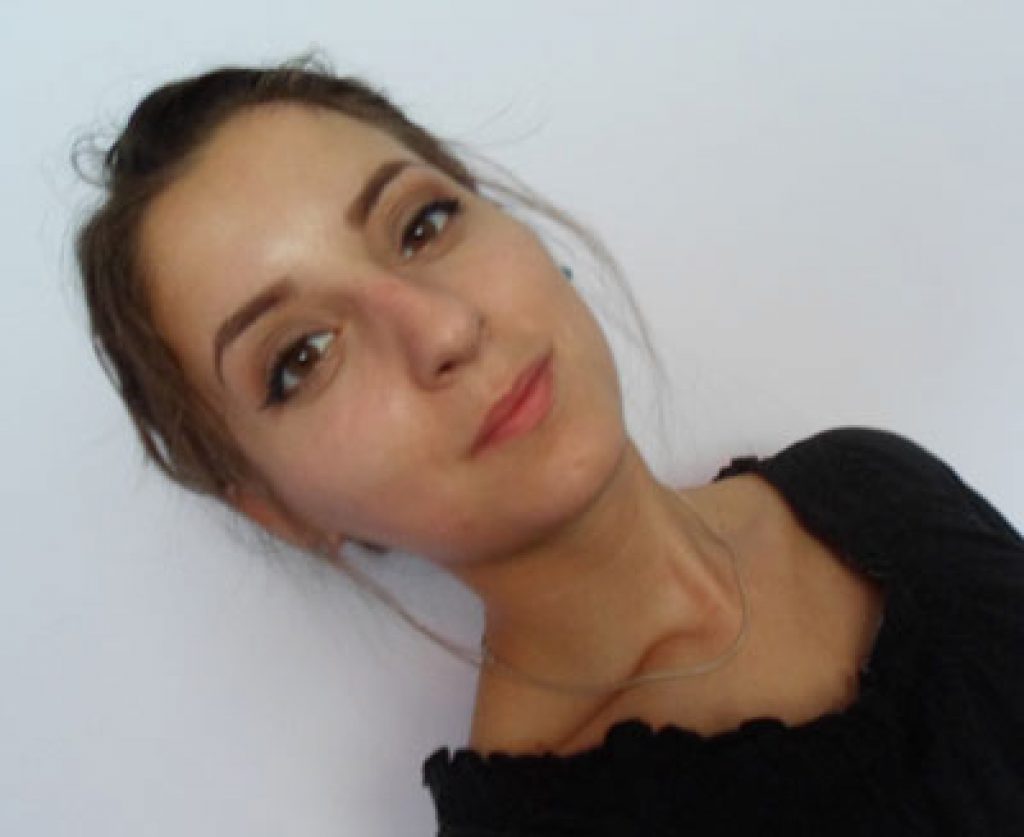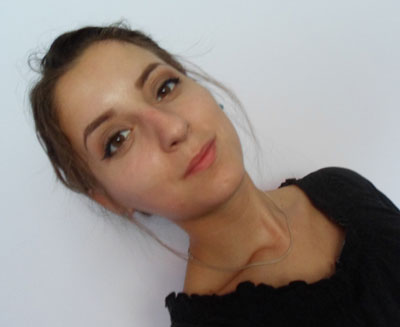If you have sleep apnea, your healthcare provider has possibly discussed positive airway pressure (PAP) therapy with you. There are multiple types of PAP devices, all of which supply your airway with air pressure while you sleep. The goal of PAP therapy is to keep your airway open so that you don’t experience gaps in breathing, one of the core symptoms of sleep apnea.
Continuous positive airway pressure (CPAP) is the most common treatment, but bilevel airway pressure (BiPAP) can be better for some people. While both devices deliver air pressure, they have specific differences that can make either one more beneficial for certain sleep apnea patients.
BiPAP vs. CPAP
BiPAP and CPAP devices are positive airway pressure treatments used to help people with sleep apnea. Even though they deliver similar results, they differ in how they work and how much they cost.
Both devices push air into the upper airway and lungs through the nose and mouth or just the nose. This helps prevent the airway from narrowing as you sleep, which can otherwise cause pauses in breathing. CPAP devices deliver the same amount of air pressure, whereas BiPAP machines provide different pressure levels when you breathe in and breathe out.
There is also the difference in cost and insurance coverage. BiPAP machines are often more expensive than CPAP devices. Additionally, insurance companies may only cover BiPAP therapy if the patient cannot tolerate CPAP1.
BiPAP Machines
BiPAP machines have different pressure settings for inhalation and exhalation. With BiPAP treatment, you get a higher air pressure setting for breathing in2 than you do for breathing out.
These devices can either have timed or automatic3 adjustment settings for air pressure. The automatic system senses your breathing pattern and adjusts between the two pressure levels.3
CPAP Machines
Unlike BiPAP machines, which have two air pressure levels, CPAP machines deliver a steady flow of air pressure throughout the night. CPAP is often considered the first line of PAP treatment, but while this may work for some people, others may find BiPAP feels more in sync with their natural breathing patterns.
| BiPAP | CPAP | |
| Average Cost | $1,700 to $3,000 | $500 to $1,000 |
| Pressure Levels | Two levels | One level |
| Typical Pressure Range | 4-30 cm H20 | 4-20 cm H20 |
| Insurance Coverage | If patient isn’t compatible with CPAP1 | In most cases |
Learn More: Does Insurance Cover CPAP Machines?
Is BiPAP or CPAP Best for You?
Whether CPAP or BiPAP is best for you depends on your sleep apnea diagnosis. Ultimately, your healthcare provider will be the one to select the type of machine. Generally, though, BiPAP machines may be prescribed to people with more severe sleep apnea or those who have complex sleep apnea4, which means they experience both central sleep apnea (CSA) and obstructive sleep apnea (OSA).
CPAP machines, on the other hand, are often recommended for those with mild to moderate OSA, people new to PAP therapy, and those with more insurance coverage.4
How Do You Buy a BiPAP Machine?
To get access to a BiPAP machine, you must first get a prescription for one from your healthcare provider. This is regardless of whether or not you are using insurance to help cover the cost.
Once you obtain a prescription, you can buy the machine yourself or go through your insurance company. However, insurance doesn’t always cover BiPAP machines unless CPAP therapy has first been ruled out, so make sure to check this beforehand.1
Frequently Asked Questions
Is a BiPAP machine as good as a CPAP?
BiPAP machines are generally considered a more advanced form of sleep apnea treatment, but both devices can work well for many people. Ultimately, it depends on the specific individual and what their doctor or sleep specialist suggests.
Is BiPAP an oxygen machine?
BiPAP is not an oxygen machine. Similar to CPAP, BiPAP pushes pressurized air into your lungs but doesn’t replace an oxygen contractor. These machines can’t provide oxygen therapy.
Do BiPAP machines cost more than CPAP machines?
BiPAP machines are often more expensive than CPAP machines because they deliver two air pressure levels and are an advanced form of sleep apnea treatment. CPAP devices deliver a single air pressure level, which is likely why they’re often cheaper.

Olivera Jancikin
Content Writer
About Author
Olivera is a content writer for Sleep Advisor and is enthusiastic about sleep. She firmly believes in the benefits of daytime naps on top of getting a full 8-hour sleep at night.
Combination Sleeper
- 1. Rodriguez, Julia. “Insurance Coverage for Bi-Level PAP”. Advanced Sleep Medicine Services, Inc. Webpage accessed December 31, 2024. –
- 2. “BiPap”. University of Rochester Medical Center. Webpage accessed December 31, 2024. –
- 3. “BiPAP”. Cleveland Clinic. Last modified May 10, 2024. –
- 4. Girouard, Ayla. “CPAP vs. BiPAP vs. APAP: What’s the Difference?”. National Council on Aging. 2024. –
